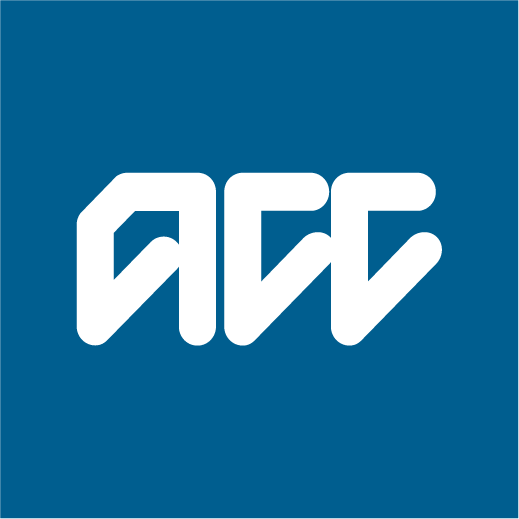2025-2028 liable earnings (Work and Earners’ levies)
Your ‘liable earnings’ as a business or an individual will determine the amount you pay in ACC Work and Earners’ levies. The term ‘liable earnings’ describes the amount of your income on which you pay your ACC levy. ‘Liable’ refers to any income that does not go above the maximum threshold.
- For employees, liable earnings are wages or salaries you earn in a financial year.
- For employers, liable earnings are the wages or salaries you pay your employees in a financial year. This amount is shared with us from your payroll department or Inland Revenue.
For self-employed people, liable earnings are the income you earn in a financial year as declared on your end-of-year tax returns.
You don’t need to pay levies on earnings from investments or trusts, as these are considered ‘passive income’. This is income you’d still receive if you couldn’t work due to an accident.
Why we set maximum and minimum liable earnings
Every year, we set the maximum amount for earnings that people are liable to pay ACC levies. We also set the minimum liable earnings which ensures a fulltime self-employed person will be assessed as earning at least this even if their actual earnings are lower or unknown when they injured.
A worker is considered to be working full time if they work more than 30 hours a week.
In 2025/26 the maximum earnings a worker would pay ACC levies, is $152,790. You don’t pay levies on anything you earn over that maximum figure.
The minimum earnings for levying purposes is $49,365 in 2025/26.
Why we set maximum amounts
The amount of weekly compensation is capped at 80% of the maximum liable earnings. Nobody gets paid more weekly compensation than this, so it would not be fair to charge a levy beyond this.
This means high income earners contribute an amount proportional to the weekly compensation they would receive if they were injured and couldn’t work.
Example: Someone with an income of $200,000 would only pay levies based on the maximum liable earnings (currently $142,283). If they are injured and unable to work, their weekly compensation entitlements would be 80% of the maximum liable earnings and not their full income.
Why we set minimum amounts
A minimum level of earnings is set to ensure self-employed people who work full-time and earn less than this amount can still receive the support they need if they’re injured.
Example: if you’re newly self-employed you may not be making a profit straight away. Paying a Work Account levy on the full-time minimum ensures that, if you have an accident and can’t work, you’ll still receive weekly compensation even though you haven’t been earning at that level. In this case, the amount of weekly compensation is up to 80% of the full-time minimum amount.
The minimum level of earnings is also applied to the eligibility criteria in the No Claims Discount programme for small businesses and self-employed people.
We’re proposing to increase both the maximum and minimum amount
We propose to update the maximum amount in line with changes in the labour cost index and the minimum amount in line with the labour cost estimate and current minimum wage changes.
Based on this, we’re proposing the following changes to the maximum and minimum liable earnings.
|
|
From (current amount) |
Proposed for 2025-2026 levy period |
Proposed for 2026-2027 levy period |
Proposed for 2027-2028 levy period |
|
Maximum for everyone |
$142,283 |
$152,790 |
$156,641 |
$160,244 |
|
Minimum for everyone |
$44,250 |
$49,365 |
$50,501 |
$51,632 |

